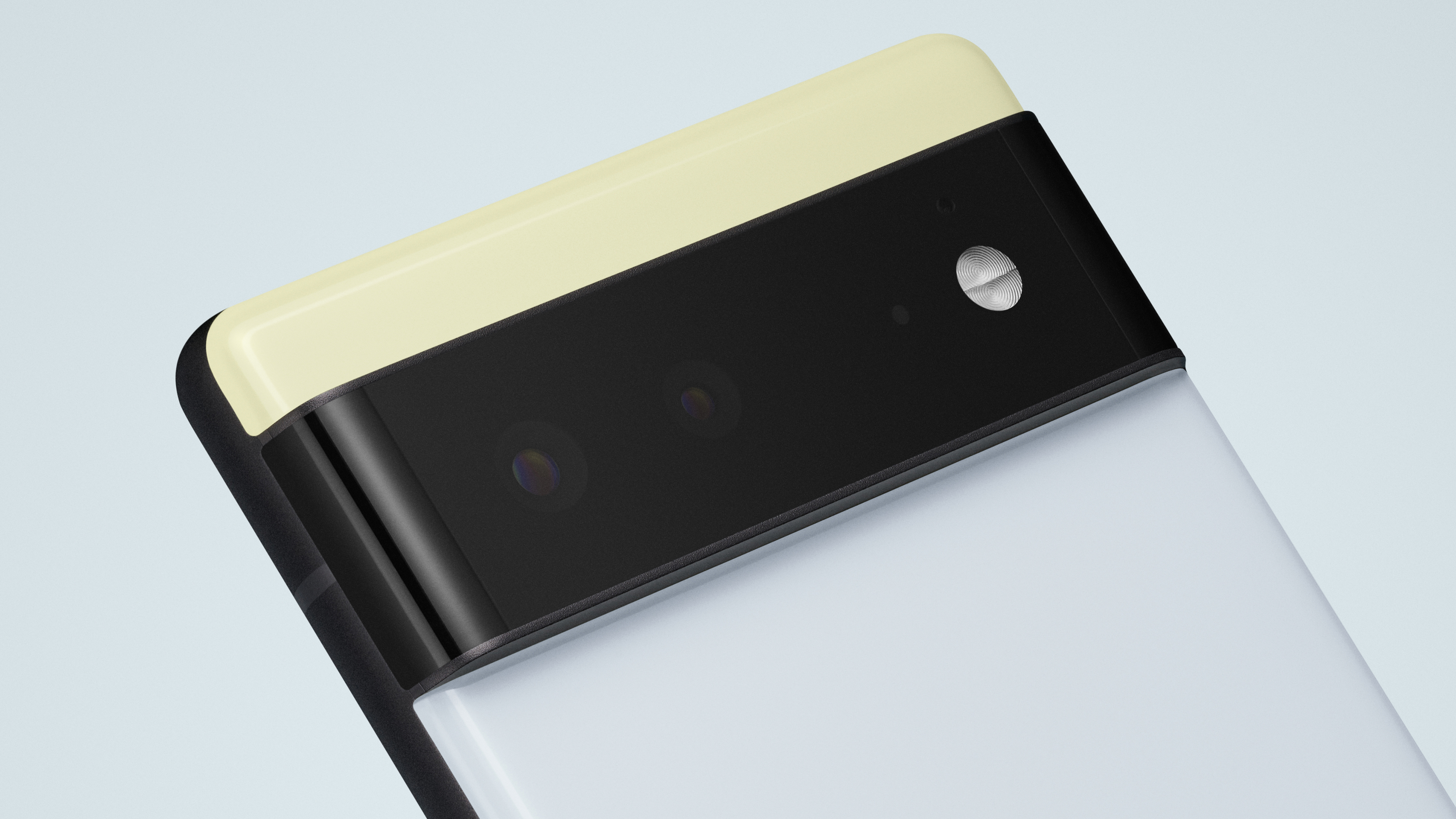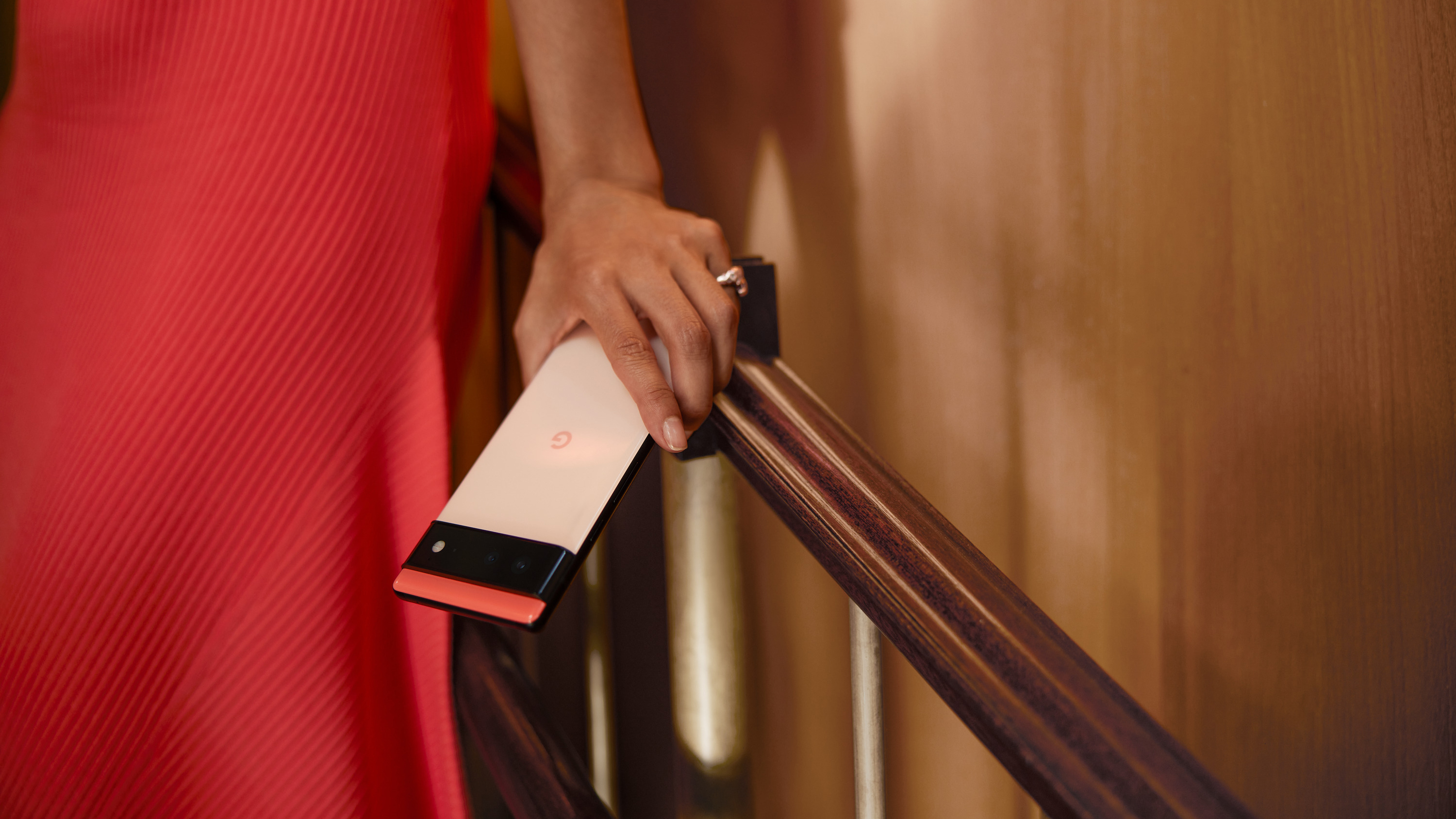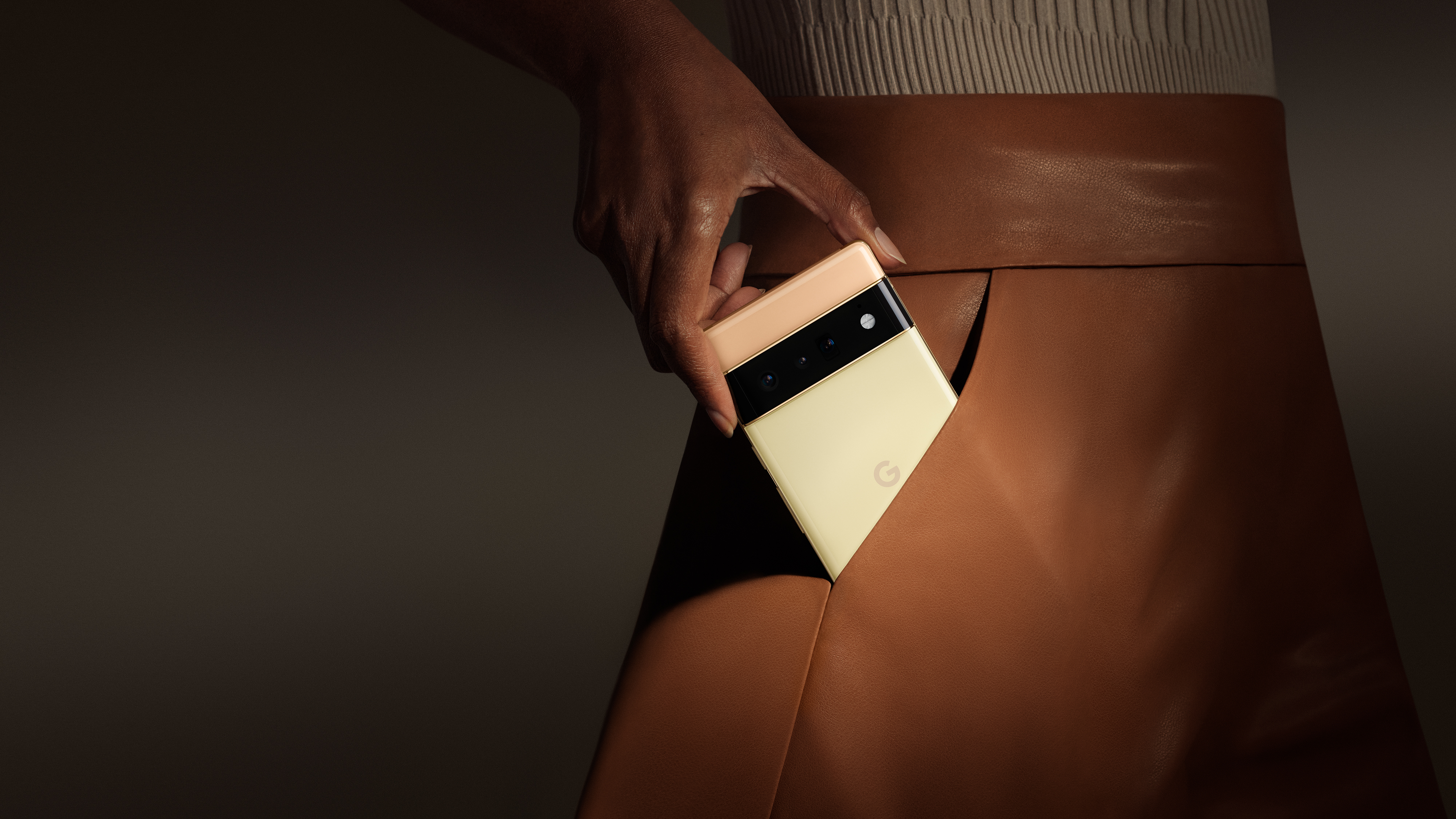Google Pixel 6 camera upgrades explained: 10 things you need to know
Get all the info on Google's latest smartphone snappers – here's everything you need to know about the Google Pixel 6 camera upgrades


After numerous leaks, the Google Pixel 6 and Google 6 Pro are finally official! The good news is that the Google Pixel 6 is a massive upgrade on the Google Pixel 5, which has been reimagined, inside and out.
For a start, the Pixel 6 is powered by Google's first-ever processor, it's fast, smart and secure. It also features a more premium design, all-new colourways, and software that is smarter than ever.
It's the camera upgrades we're most interested in here, though, as Google's flagship phone has always been the phone of choice for smartphone photographers.
- Google Pixel 6: release date, specs and everything you need to know
- Google Pixel 6 vs Google Pixel 6 Pro: the differences explained
- Google Pixel 6 specs analysis: a Samsung Galaxy S22 killer?
If you're interested in how Google has improved its smartphone camera, then read on, because we've got all the details here!
1. Google Pixel 6 rear camera specs
The Google Pixel 6 is the smaller, and slightly more affordable Pixel model. Its main camera features a 50-megapixel Octa PD Quad Bayer sensor with a 1/1.3-inch sensor size, 1.2 μm pixel width, and ƒ/1.85 aperture.
You can use Super Res Zoom up to 7-times magnification.
The Pixel 6 also features a 12-megapixel ultrawide camera. The sensor has a 1.25 μm pixel width, ƒ/2.2 aperture, and 114-degree field of view.
Get all the latest news, reviews, deals and buying guides on gorgeous tech, home and active products from the T3 experts
The camera makes use of an LDAF (laser detect auto-focus) sensor to speed up autofocus.
Images are kept blur-free thanks to a combination of optical and electronic image stabilisation.
The camera also features a spectral and flicker sensor.

2. Google Pixel 6 Pro camera specs
The larger and more expensive Pixel 6 Pro features a brand new triple rear camera system which includes a telephoto lens with 4x optical zoom.
It features the same 50-megapixel Octa PD Quad Bayer main camera, also with 1.2 μm pixel width, ƒ/1.85 aperture, and 1/1.31" image sensor size.
And the ultrawide camera is the same too – 12-megapixels, ƒ/2.2 aperture and 114° field of view.
The telephoto camera features a 48-megapixel sensor with 0.8 μm pixel width, ƒ/3.5 aperture and 1/2" image sensor size. It is a 4x optical zoom lens, which, combined with the digital Super Res Zoom, means you can get up to 20x zoom.
It also features LDAF (laser detect auto-focus), as well as optical and electronic image stabilisation.
3. Front camera specs
In terms of front cameras, the Pixel 6 has an 8-megapixel sensor with a ƒ/2.0 aperture and an 84-degree wide field of view.
The Pixel 6 Pro goes one step further with an 11.1-megapixel sensor with a ƒ/2.2 aperture and a 94-degree ultrawide field of view.
So, for selfie-takers, especially those of you who take selfies with large groups of people, the Pixel 6 Pro is the camera for you.

4. Sensors capture more light
Google claims that the main image sensor captures 150-percent more light than the Pixel 5, bringing vivid colour and greater accuracy to photos.
We're not exactly sure how Google has managed this, considering the aperture is smaller and the pixel size is smaller. The sensor is much larger, however, so that could be the reason.
5. Blurry faces are a thing of the past
Google's clever software now features Face Unblur which helps to clearly capture faces even in the toughest conditions. It will automatically work on moving subjects and will display a little badge to show you if it's been used. It's great for photographing children and friends in low-light conditions.

6. Motion Mode adds drama to images
Motion Mode will help make everyday shots more epic with brilliant action shots and beautiful long exposures. Previously this type of photography has been difficult to do on smartphones, so it's exciting to see Google experiment here.
Motion mode has two settings; Action Pan, which focuses on the moving subject and adds a creative blur to the background, and Long Exposure, which adds a creative blur to the moving subjects in the scene.
Think gushing waterfalls, car headlight trails, and bikes speeding past. You can even try this mode on subjects like pets or children running past.
7. Google's new Tensor sensor speeds everything up
Google Tensor is the first processor designed by Google and it's custom-made for Pixel. It's 80-percent faster than the Pixel 5 and means AI image processing and editing should take less time. Even basic things such as opening the camera app should be faster.

8. Magic Eraser is like Photoshop but easier
Talking about AI image processing and editing – let's take a look at Magic Eraser. This new feature in Google Photos removes photo bombers and distractions from your photos, just like the Content-Aware Spot Healing Brush tool in Photoshop.
Of course, this tool is free and is much easier to use than Photoshop – Magic Eraser will automatically suggest objects to remove with just a tap. You can also manually circle an object to remove it. It looks really useful to removing power poles, cars, people – anything that's distracting in the background, for example.
9. Real Tone captures all skin tones naturally
Google worked with a diverse set of industry expert partners and photographers to tune its Auto White Balance, Auto Exposure, and stray light algorithms to ensure that the camera work for every skin tone.
Google is calling this 'Real Tone', and it means portraits taken on the Pixel 6 should reflect skin tones more accurately.

10. HDR+ works in video, too
We're not going to lie, video has been a little lacklustre on previous Pixel devices. Google is aiming to fix that with HDR+ video. Thanks to Tensor, HDR+ can be processed live, resulting in rich, vivid colors, improved nighttime performance and enhanced tone mapping.
Videos of sunsets, blue skies, green grass should look amazing.
We can't wait to test out all of these new features – let us know what you're most looking forward to!

As the Style and Travel Editor at T3, Spencer covers everything from clothes to cars and watches to hotels. Everything that's cool, stylish, and interesting, basically. He's been a part of T3 for over seven years, and in that time covered every industry event known to man, from CES and MWC to the Geneva Motorshow and Baselworld. When he's driving up and down the country in search of the greatest driving roads, he can be found messing around on an electric scooter, playing with luxury watches, or testing the latest fragrances.